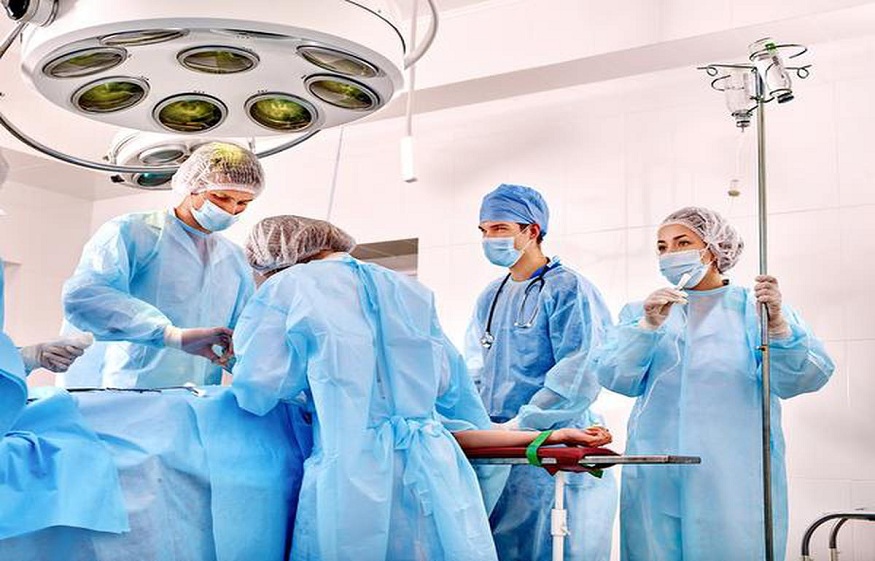Even if it is benign, an intervention is never trivial, and requires a certain number of precautions and preparation, the most important of which are indicated below.
Before the intervention
During the preoperative consultation, it is important that you are informed of the modalities, risks and expected results of the intervention (see Informed consent ). You will also be able to ask questions to the surgeon or anesthesiologist on the day of your hospitalization. Remember to organize your return home : accompanying person on return, planning of daily life: help with washing, cleaning, shopping, cooking, etc. It is essential to respect any fasting instructions dictated by the surgeon and confirmed by the anesthetist. Remember that the term “fasting” means no food or drink for six hours before anesthesia . You should also stop smoking during this fasting period.
Anesthesia
Depending on your history, your general condition (or your desire), a consultation with an anesthesiologist before your hospitalization may be requested by your surgeon. This will allow you to discuss with the anesthetist-resuscitator the type of anesthesia (local-regional, general) , to assess the risks , and to possibly adapt your current treatments . In the vast majority of other cases, the doctor in charge of your anesthesia will telephone you the day before your procedure or will examine you on the day of hospitalization. Local anesthesia is done by the surgeon.
Pre-operative examinations
Almost all operations on the hand and upper limb are carried out with a pneumatic tourniquet placed at the root of the arm (to operate in bloodless conditions with reduced blood loss and clearer operating field), i.e. without blood loss. A health check-up (blood test, electrocardiogram, etc.) is not systematic. However, any current illness, acute or chronic, must be reported: diabetes, hemophilia, epilepsy, hepatitis, etc. Likewise, any old illness that has left after-effects (heart disease, heart attack, stomach ulcer, etc.) must be mentioned. . To this end, you will receive a questionnaire by mail which must be completed and brought on the day of hospitalization.
Drugs
Current medication must be known: taking antibiotics , neuroleptics, antihypertensives, etc., particularly for drug interactions. Taking oral anticoagulants (Sintrom®, Previscan®, Plavix®, Eliquis®) requires their discontinuation and replacement if necessary with a low molecular weight heparin (Fraxiparine®, Clexane®, etc.). This relay will be organized by your anesthesiologist in consultation with the attending physician and/or cardiologist. Aspirin Cardio® can, however, be continued. If you have any doubts or questions, your anesthesiologist or surgeon is at your disposal. Allergies must be reported during the consultation with your surgeon to include them in your hospitalization file.
Skin preparation and aseptic measures
The day before your hospitalization and before going to the establishment, a complete shower (hair and body) with Betadine moussante® or Hibiscrub® in case of allergy is required. A prescription for the product will be provided during the consultation with your surgeon. Remove your rings and jewelry, cut your nails (optional for women), remove nail polish and makeup. The “gel” varnish can be left in place. Check for recent skin lesions.
Entry into the hospital
You will report to the admissions department on the scheduled day and time, and will be directed either to the outpatient surgery department (stay not exceeding one day) or to the orthopedics department. When you enter your room, you will change out of your street clothes and into so-called “surgical” clothing. The skin in the operated area will be cleaned and the hair will be shaved if necessary . The member will be wrapped in a sterile cloth to protect it from any further contamination.

